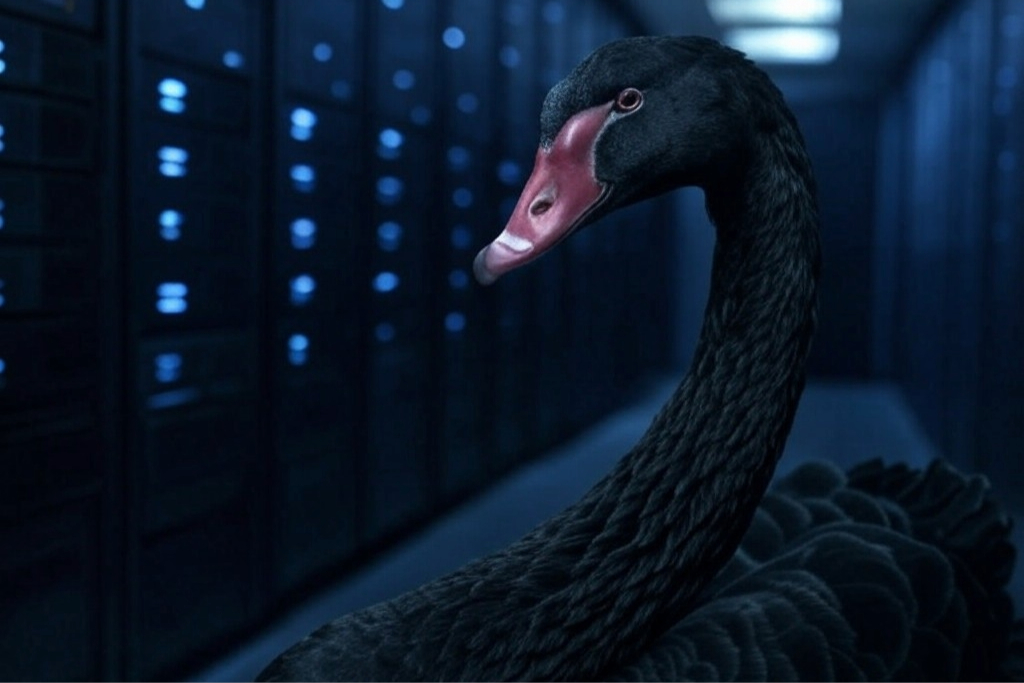
On January 27, 2025, the financial markets experienced significant upheaval following the release of DeepSeek’s latest AI model, R1. This event has been likened to a modern “Sputnik moment,” highlighting its profound impact on the global economic and technological landscape.
Market Turmoil: A Seismic Shift
The unveiling of DeepSeek R1 led to a sharp decline in major technology stocks, particularly those heavily invested in AI development. Nvidia, a leading AI chip manufacturer, saw its shares tumble by approximately 11.5%, signaling a potential loss exceeding $340 billion in market value if the trend persists. This downturn reflects a broader market reassessment of the AI sector’s financial foundations, especially concerning the substantial investments in high-cost AI infrastructure.
The ripple effects were felt globally, with tech indices such as the Nasdaq 100 and Europe’s Stoxx 600 technology sub-index facing a combined market capitalization reduction projected at $1.2 trillion. The cryptocurrency market was not immune, as AI-related tokens experienced a 13.3% decline, with notable losses in assets like Near Protocol and Internet Computer (ICP).
DeepSeek R1: A Paradigm Shift in AI
DeepSeek’s R1 model has been lauded for its advanced reasoning capabilities, reportedly surpassing established Western models like OpenAI’s o1. Remarkably, R1 was developed at a fraction of the cost, challenging the prevailing notion that only vast financial resources can produce cutting-edge AI. This achievement has prompted a reevaluation of the economic viability of current AI investments and highlighted the rapid technological advancements emerging from China.
The emergence of R1 has also intensified discussions regarding the effectiveness of U.S. export controls aimed at limiting China’s technological progress. By achieving competitive AI capabilities with less advanced hardware, DeepSeek underscores the potential limitations and unintended consequences of such sanctions, suggesting a need for a strategic reassessment in global tech policy.
Broader Implications: Economic and Geopolitical Considerations
The market’s reaction to DeepSeek’s R1 extends beyond immediate financial losses, indicating deeper shifts in economic power, technological leadership, and geopolitical influence. China’s rapid advancement in AI capabilities signifies a pivotal moment in the global race for technological dominance, potentially leading to a reallocation of capital from Western institutions to Chinese entities and reshaping global investment trends.
Furthermore, this development reaffirms the critical importance of computational resources, such as GPUs, in the AI race. The narrative that more efficient use of computing power can lead to models exhibiting human-like intelligence positions computational capacity not merely as a tool but as a cornerstone of this new technological era.
DeepSeek’s Strategic Approach: Efficiency and Accessibility
DeepSeek’s strategy emphasizes efficiency and accessibility. The R1 model was developed using a pure reinforcement learning approach, a departure from traditional methods that often rely on supervised learning. This method allowed the model to develop reasoning capabilities autonomously, without initial reliance on human-annotated datasets.
In terms of cost, DeepSeek’s R1 model offers a significantly more affordable option compared to its competitors. For instance, where OpenAI’s o1 costs $15 per million input tokens and $60 per million output tokens, DeepSeek’s R1 costs $0.55 per million input tokens and $2.19 per million output tokens. This cost-effectiveness makes advanced AI technology more accessible to a broader audience, including developers, businesses, and educational institutions.
Global Reception and Future Outlook
The global reception to DeepSeek’s R1 has been mixed. While some industry leaders have praised the model’s efficiency and performance, others have expressed skepticism regarding its rapid development and the potential implications for data security and ethical considerations.
Looking ahead, DeepSeek plans to continue refining its models and expanding its offerings. The company aims to democratize AI by making advanced models accessible to a wider audience, challenging the current market leaders, and potentially reshaping the future landscape of artificial intelligence.
Wrap Up
DeepSeek’s R1 model has not merely entered the market; it has redefined it, challenging established players, prompting a reevaluation of investment strategies, and potentially ushering in a new era where AI capabilities are more evenly distributed globally. As we navigate this juncture, the pertinent question is not solely who will lead in AI but how this technology will shape our future across all facets of human endeavor. Welcome to 2025, where the landscape has shifted, and the race is on.

